Can paying attention be an act of connecting?

In this interview, photographer and academic Kate E. O’Hara discusses how her life, work, and perspective on the world come together through photography. Born and raised in New York, she carries with her the rhythm and contrast of the city, which often shows up in her images of both urban life and the natural world. With a background in social science and instructional design, O’Hara approaches photography as a way of asking questions about people, place, and perspective rather than simply capturing what is in front of her.
As she shares her journey, O’Hara reflects on how moving from film to digital changed her process and the pace at which she works. She admits to missing the slower rhythm of developing film, when taking a photograph required more patience and intention. Even though she now works in the digital space, she resists using editing software, choosing instead to keep her images as close as possible to what she saw in the moment. This choice feels connected to her belief in authenticity and observation, a theme that runs throughout her creative and academic pursuits.
O’Hara’s background in social science shapes the way she views her subjects. She is interested in what lies beyond the surface, in the unseen relationships between people, living organisms, and their environments. She often wonders whose story is being told in an image and how that story changes depending on who is looking at it. Her curiosity extends beyond humans, usually focusing on other living beings and the ways we all exist within shared spaces.
Music and poetry also influence how she works, though not in any deliberate or structured way. They shape her sense of timing and feeling, offering her space to reflect and connect with emotion. She hopes her photographs might provide viewers with a similar experience—a quiet chance to pause, sense something familiar, and find meaning in what they see.
Throughout the conversation, O’Hara’s perspective reveals a steady commitment to awareness and connection. Her photography, much like her academic work, is grounded in the belief that learning and understanding can lead to greater empathy. She hopes her images encourage viewers to see differently, to notice relationships they might have overlooked, and to imagine a world where shared understanding becomes the foundation for a more just and inclusive future.
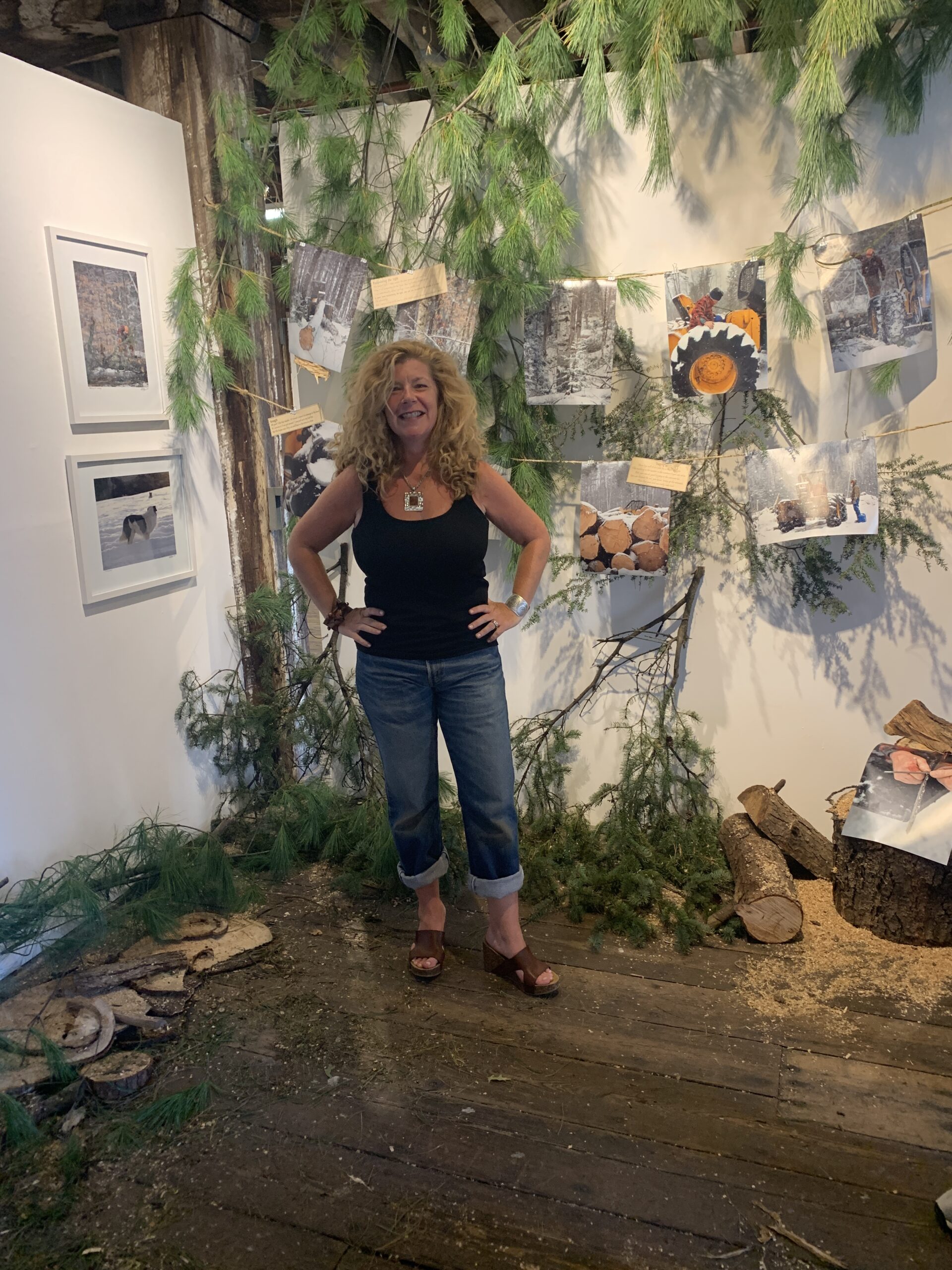
Kate E. O’Hara is an academic, instructional designer, and a self-taught photographer. As a native New Yorker, she captures not only urban life but also the vast and complex world of nature through her photography. Drawing from a deep appreciation for poetry, music, and the written word, O’Hara uses photography as a means of creative expression to convey the stories and narratives of her subjects. Regardless of her endeavour, in past years, O’Hara would always be found with her 35 mm camera in hand; however, recently, she now enjoys exploring the digital domain.
1. You grew up in New York, a place full of movement and contrast. How has that environment shaped the way you notice and capture moments in both city life and nature?
I’m proud and appreciative of my life as a New Yorker, which has undoubtedly shaped me as a person. The contrast of place that you mention often emerges in my photographs. Visually, I try to express moments in time that might be juxtaposed or contradict what our senses have normalised. Maybe even a visual paradox or something overlooked or taken for granted –whether that be with an urban backdrop, or in nature.
If my photograph, as simple as it appears on the surface, can offer us space to learn, reflect, and make connections we hadn’t considered, then that would be a good start for creating a shared vision.
Kate E. O’Hara
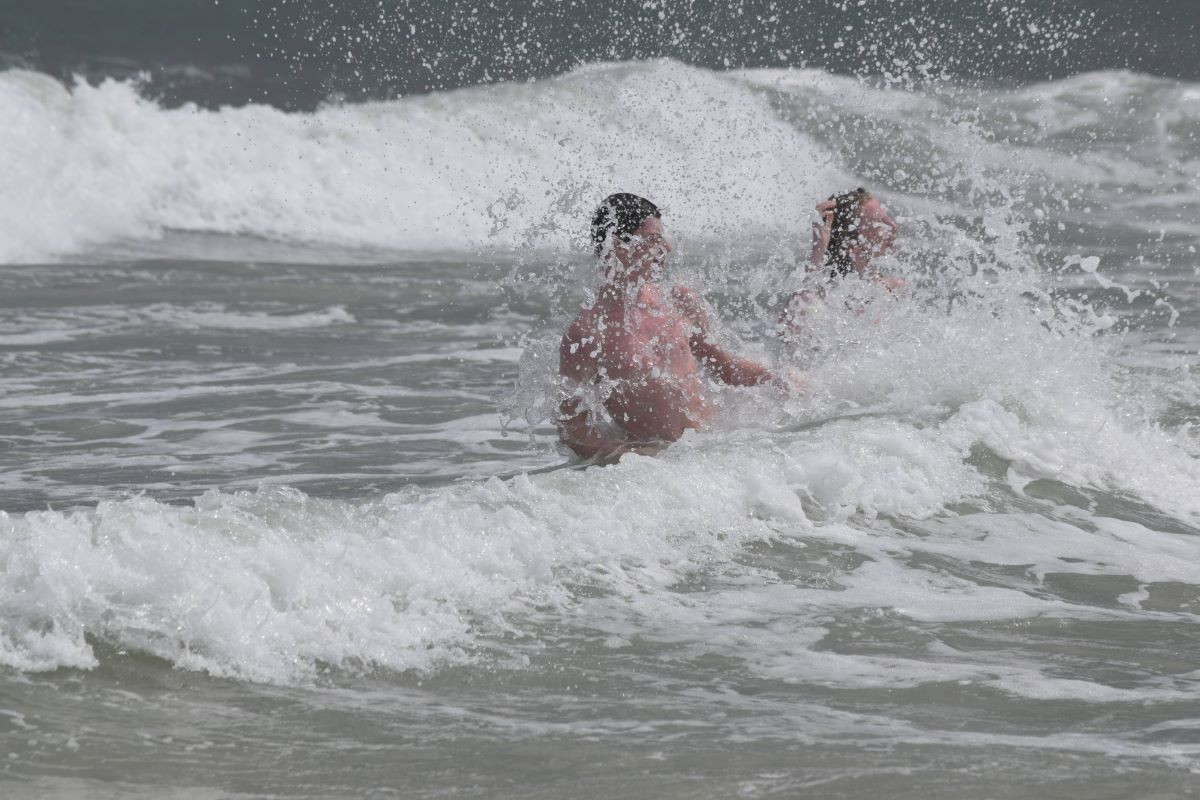
2. With your background in social science, you bring an interesting way of seeing people and their surroundings. How does that shape the way you approach a photograph or tell a story through your images?
Ideally, I want the subject of the photograph to reflect a unique story, but that story is then mediated by the viewers’ own lived experience and perspective. That’s a fascinating phenomenon. What story is being told, and by whom? My background in social science has taught me to look beyond the surface, to question, to pause, to notice relationships, and even consider what stories exist outside the frame.
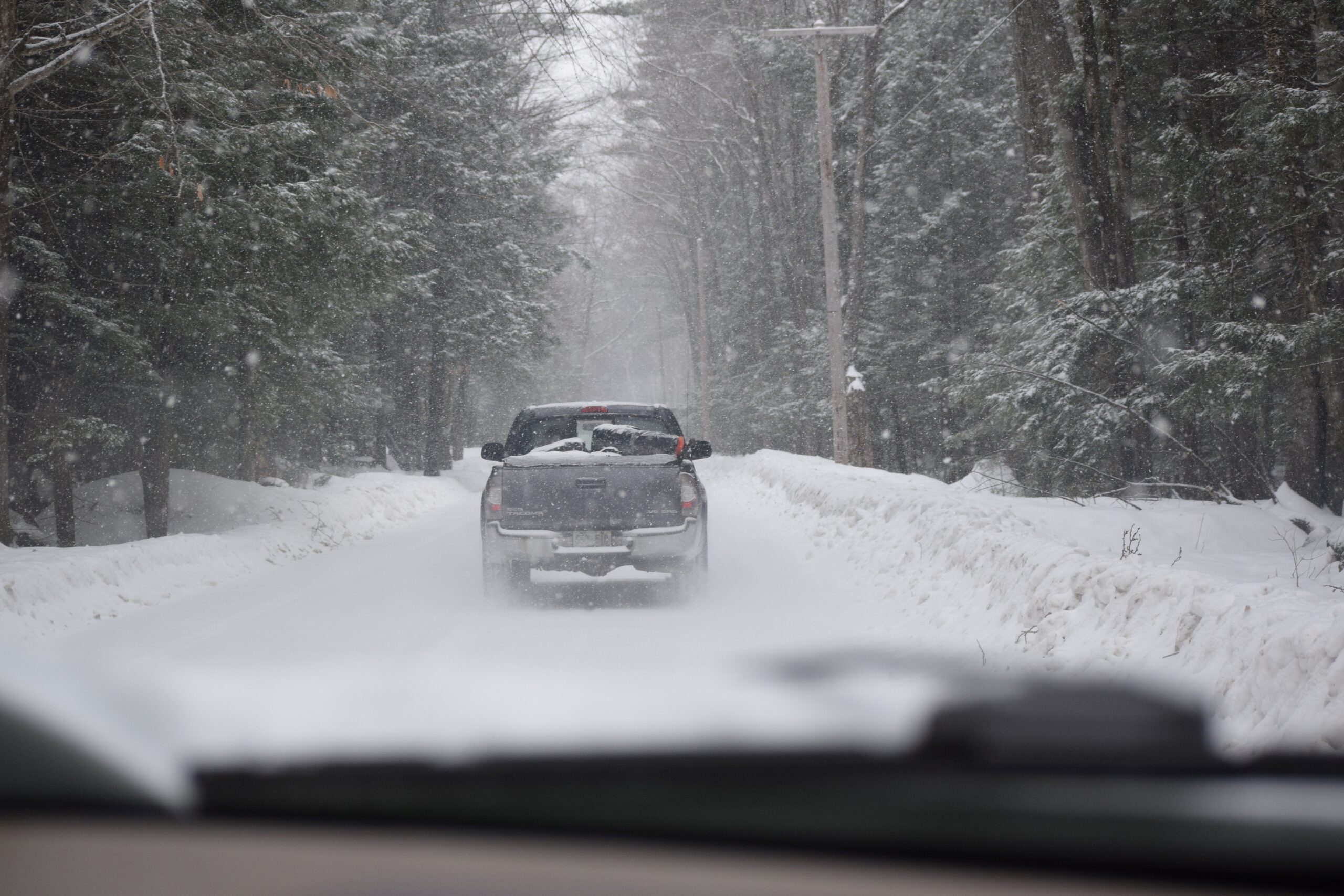
3. You often talk about showing people within their place and space. What draws you to explore the connection between someone and the world around them?
Well, for me, that “someone” is not necessarily human but often a living organism. And that residing organism may or may not have the capacity to have subjective experiences. Will the photograph reflect the subject’s unique thoughts, emotions, or sensations that are being experienced? What is the context, or what do we perceive as the context? Or, I suppose you could even ask, is the photograph reflecting a shared reality of the subject and viewer? For me, those notions are both intriguing and inspiring.
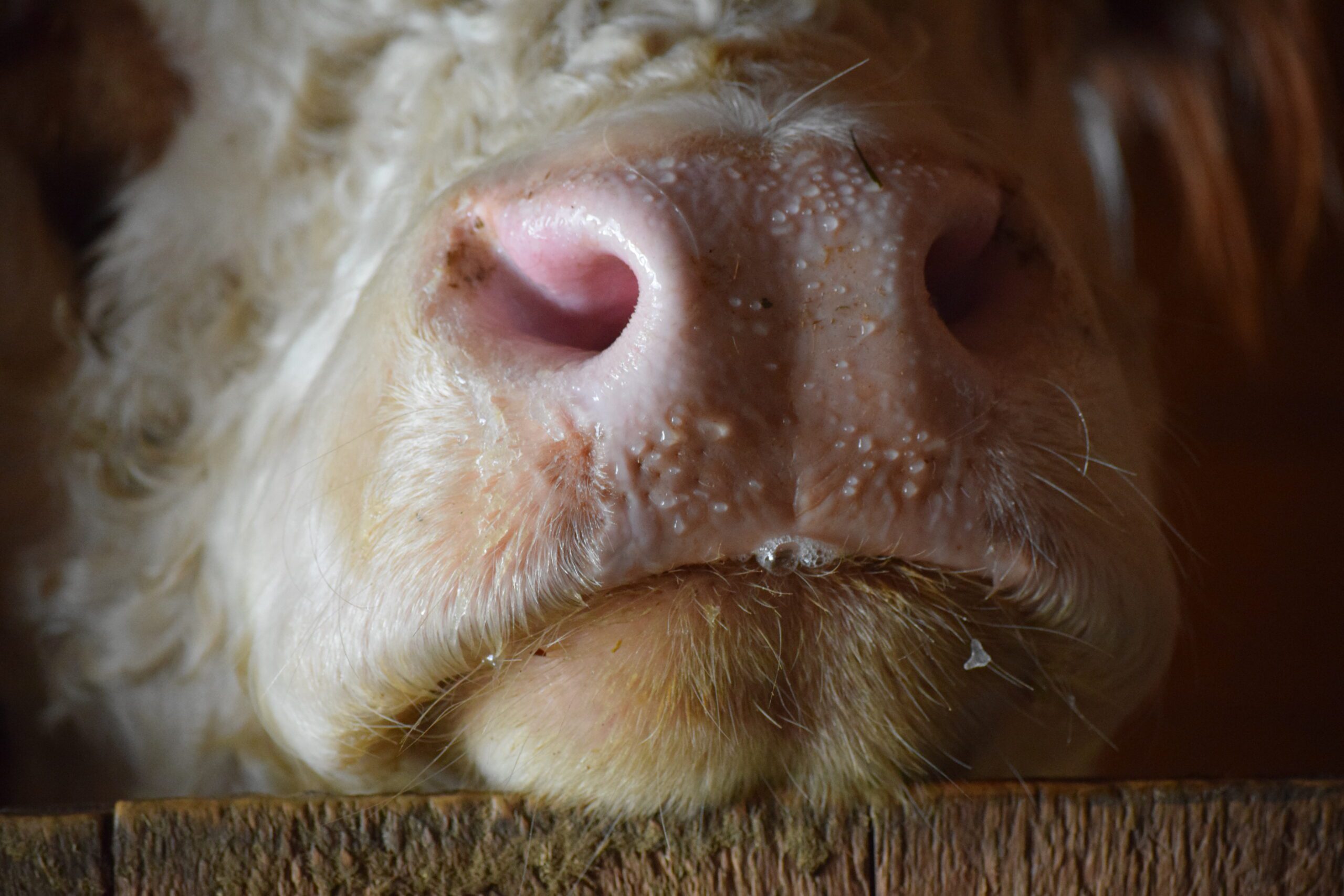
4. Moving from film to digital must have changed how you work and think about photography. What has that shift been like for you, and what have you discovered along the way?
Yes, it definitely has changed how I work and think about photography. I was so resistant to making the move from film to digital. I stopped taking photographs for a few years. Although I have an appreciation for the immediacy of digital, I still feel nostalgic about the process of photographing with film. Spending time in a darkroom developing pictures certainly slows you down! I even consider the physical aspect; an old camera fits with our bodies. Whether it’s slung across my shoulder or in the palm of my hand, it seems no different than putting on a comfortable pair of my favourite broken-in boots.
With digital, the newness was evident to me on so many levels and not necessarily in a positive way. It altered the experience for me. Despite technology changing rapidly and offering perhaps more efficient or enhanced processes, I make the conscious decision not to modify my photos with software. I guess that’s my own little ethical stance! But now there’s the influx of Generative AI in our lives, which I hope encourages us to think philosophically about its role in the arts and how it might challenge our ideas about creativity and artistic value.
Ideally, I want the subject of the photograph to reflect a story, but that story is then mediated by the viewers’ own lived experience and perspective. What story is being told, and by whom?
Kate E. O’Hara
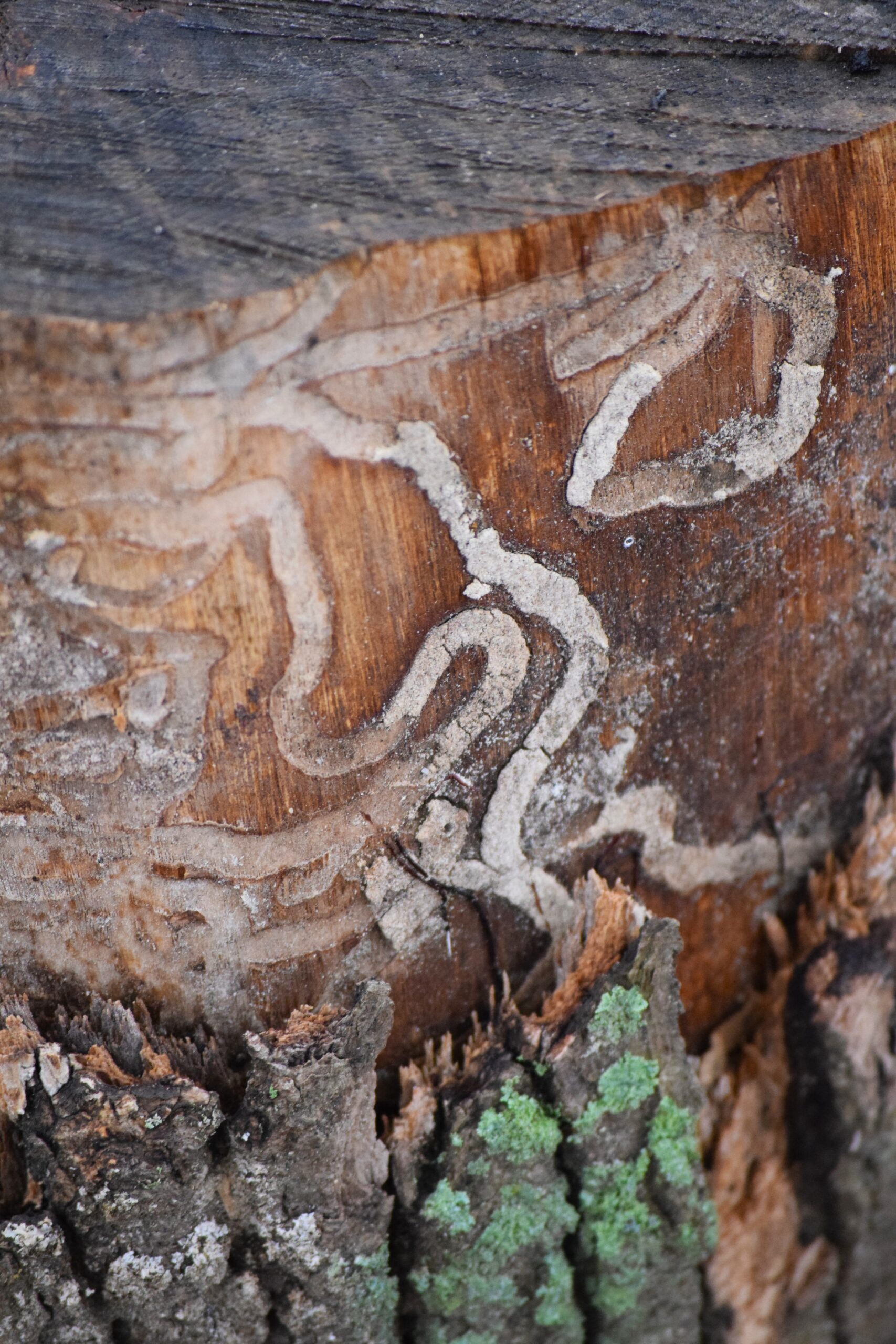
5. Poetry and music seem to influence how you create. Do they ever guide your mood, your rhythm, or even how you decide when a photo feels finished?
That’s a great question! I haven’t really thought about how specifically those two genres influence what I create, but I do know they bring such comfort and joy to my life. Both have an incredible capacity for affording me opportunities for personal reflection, but more so, creating a connection that resonates with my own personal experience, ranging from profound sadness to exhilarating happiness to all the messiness of life in between. Imagine if a photograph could do that for someone? I hope my work has that potential.
6. Your work explores how people relate to other living things and to the world as a whole. What do you hope people start thinking or feeling after spending time with your photographs?
So much of my work in academia, my research, is grounded in social justice. If my photographs could offer the viewer a new perspective, new insight, and new ways of seeing from both a micro and macro view, that would be exciting. Or better yet, if my photograph, as simple as it appears on the surface, can offer us space to learn, reflect, and make connections we hadn’t considered, then that would be a good start for creating a shared vision. And a shared vision is an excellent starting point for creating a more just world. That’s my hope.

Kate E. O’Hara’s photography is a study of connection, perception, and presence. Through her lens, she invites us to see how people and other living beings exist within their environments, not as separate elements but as parts of a shared story. Her work moves between the busy rhythms of city life and the quieter stillness of nature, asking us to slow down and notice what often goes unseen.
From her early days with a 35 mm camera to her thoughtful approach to digital photography, O’Hara’s journey reveals a steady search for meaning and understanding. What we learn from her is that photography can be more than a visual record; it can be a space for questioning, noticing, and learning. Her work reminds us that every image carries potential for connection, offering a way to see the world with more awareness and empathy.
To learn more about Kate, visit the links below.
